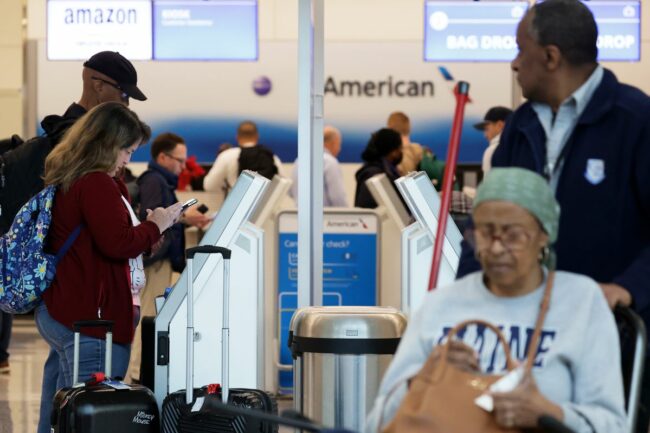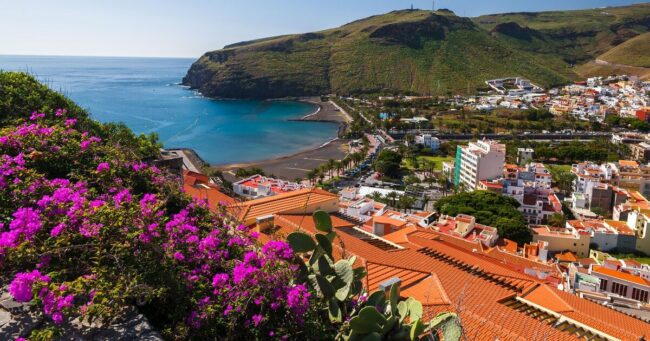Jimmy Fallon’s Papagayo Getaway Boosts Costa Rica Luxury Tourism
… boosting premium tourism. The peninsula hosts several upscale resorts, drawing travelers who … seek privacy, nature, and top-tier amenities.
Local tourism officials … Luxury Tourism appeared first on The Tico Times | Costa Rica News | Travel …










